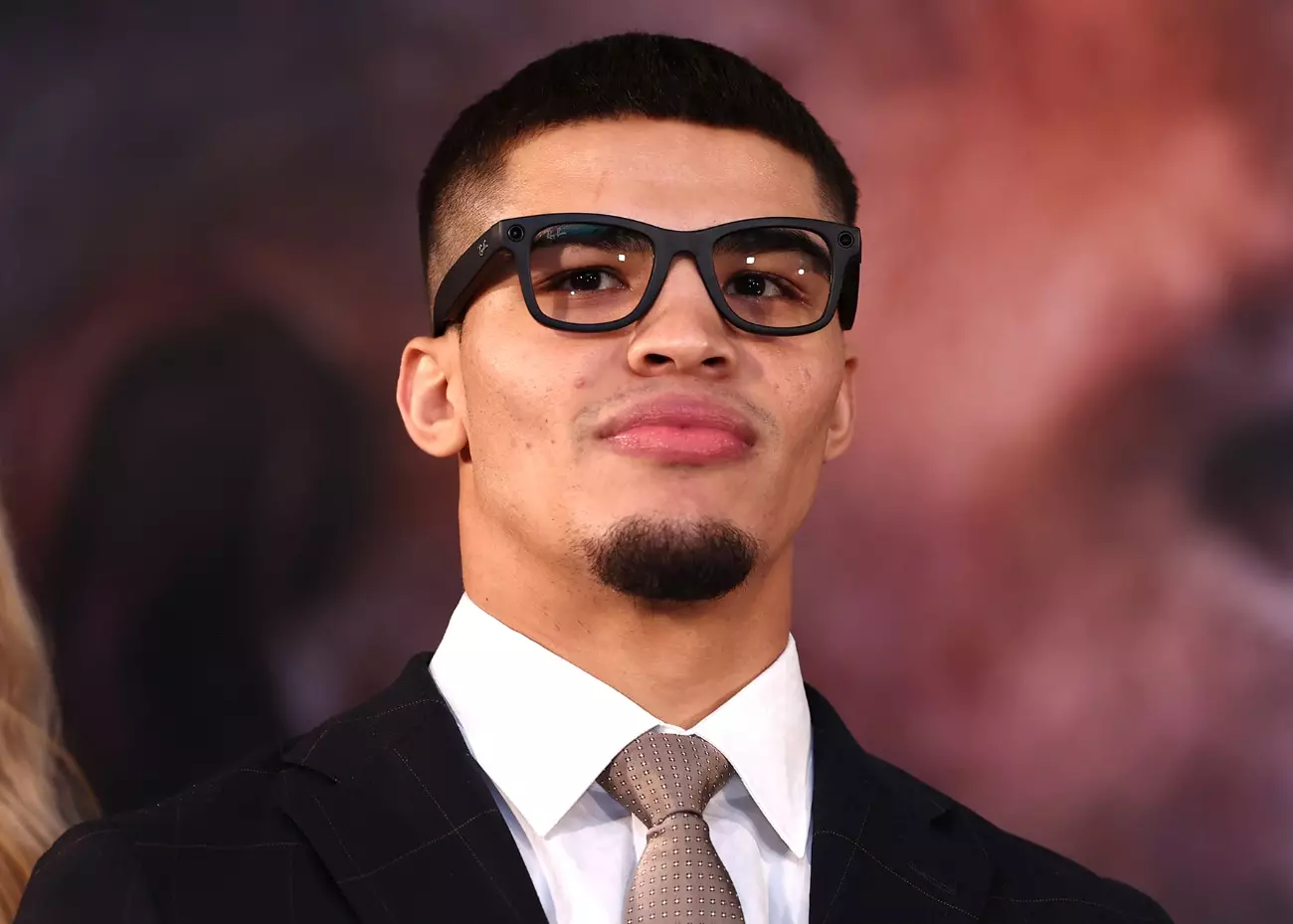In the world of professional boxing, matchups aren’t merely a testament to a fighter’s abilities but are often carefully orchestrated affairs, reflecting strategic decisions made by promoters and fighters alike. The recent development involving Xander Zayas and Vergil Ortiz Jr. is a prime example of this intricate dance. Zayas claimed that he was offered the chance to face Ortiz, the WBC interim junior middleweight champion, during the highly anticipated February 22nd event slated for Riyadh. However, Ortiz Jr.’s camp opted for Israil Madrimov, a former WBA champion, igniting a debate regarding the feasibility of their decision.
Zayas argued that Ortiz Jr. deliberately chose the “safer route,” selecting Madrimov over him. This statement raises eyebrows amongst boxing aficionados, who may view Madrimov as a formidable challenger. After all, Madrimov’s close encounter with Terence Crawford demonstrates that he possesses the necessary skills and power that could pose a greater threat than Zayas. At the age of 22, Zayas, boasting an undefeated record of 20 wins with 12 knockouts, may not yet carry the power expected at the elite levels of the sport, especially considering the vulnerability he has displayed against lesser competition in previous bouts.
Critics might point out that Zayas’s assessment of Ortiz Jr.’s choices could be more reflective of his aspirations than an objective truth. In boxing, the notion of “risk” often comes shrouded in layers of strategic relevance and perception that do not always align with the actual stakes involved.
The handling of Zayas’ career evokes comparisons with other fighters promoted by Top Rank, particularly Edgar Berlanga. There seems to be a cautious approach towards the development of Zayas, potentially designed to establish him as a local hero in New York. Yet, this protective strategy may prove to be a two-edged sword; while it preserves Zayas’s pristine record, it may also hinder his growth as he faces opponents who don’t adequately challenge him.
As Zayas prepares for his upcoming match against unbeaten Slawa Spomer, questions loom about his readiness to confront the high-caliber talent in the junior middleweight division. With names like Ortiz, Bakhram Murtazaliev, and Serhii Bohachuk at the forefront, Zayas’s skill set must evolve rapidly to remain competitive. In contrast to Madrimov, who is more seasoned in taking on high-stakes opponents, Zayas risks stagnation if his path is lined with opponents who fail to truly test his mettle.
Zayas’s decision to go public about the fight offer and his acceptance also sheds light on another contemporary aspect of boxing—the role of social media. In an era where visibility equates to valuation, it’s no longer enough for fighters to rely solely on their skills in the ring; their narratives must also play out online. By making his intentions clear, Zayas ensures that fans are not left in the dark, potentially steering public perception in his favor. However, this tactic may also backfire if mismanaged, making him appear desperate or overly reliant on external validation.
Xander Zayas remains an intriguing figure in boxing’s emerging landscape. His career trajectory will greatly depend on how effectively he navigates the politics of matchmaking and the expectations of fans. As he prepares for his next fight, the challenge lies not only in winning but also in proving that he can withstand the pressures of higher-tier competition. Ultimately, whether Zayas achieves his goal of ascending the ranks may hinge on his ability to evolve beyond a carefully curated path and confront the challenges that lie ahead.


Leave a Reply